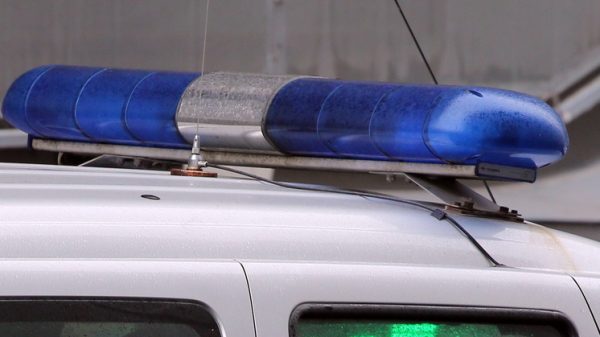The government has shelved plans to open rapid-turnaround coronavirus test centres across England over Christmas amid concerns from public health experts about the accuracy of their results, the Guardian has learned.
Ministers had planned to convert a number of existing testing sites into centres for lateral flow tests, which provide results in 30 minutes, to help cope with an anticipated surge in demand.
However, the scheme was halted last week after concerns were raised by directors of public health about the accuracy of the tests and the potential false reassurance given to people who test negative. A government source said the planned rollout “proved unnecessary”.
The development is a blow to the UK government’s £100bn “Operation Moonshot” mass-testing plan, which aims to increase the number of tests carried out each day from 430,000 to 10m by early next year.
It also raises questions about the plan to rapidly test lorry drivers taking goods across the Channel, which is one of the UK government’s proposed solutions to bring an end to the disruption at Britain’s ports.
The Guardian has learned that the Department of Health and Social Care (DHSC) invited local health directors to convert their existing coronavirus testing sites into lateral flow test centres to help ease a possible surge in demand over Christmas.
But the plans were shelved within days of a phone call last week between the government and directors of public health, who raised concerns over accuracy.
It is understood that the government is instead planning to convert one testing centre and analyse the results before potentially expanding the scheme more widely. This process is not expected to conclude before the end of January.
Government figures from the mass testing programme in Liverpool revealed earlier this month that the tests missed 30% of cases with a high viral load and half of positive cases that were detected by standard coronavirus tests.
Lateral flow devices were used to mass-test university students across the UK before they returned home for Christmas earlier this month. However, a study of the results of more than 7,000 students at the University of Birmingham suggested about 60 positive cases were missed.
Jon Deeks, a professor of biostatistics and the head of the test evaluation research group at the University of Birmingham, said the tests were “not fit for purpose” unless they were used on highly infectious people and that even then, a follow-up test was required using a swab.
“There’s a big risk this test will give a lot of false reassurance which will inevitably lead to more Covid disease,” he said.
Deeks said the best thing the government could do with the 20m tests it had ordered was donate them to a poor country that did not have laboratory capacity to carry out the gold-standard swab tests. Their use as proposed by the government was “dangerous” and an “enormous waste of time and money”, he said.
A DHSC spokeswoman said the tests were “accurate, reliable and successfully identify those with Covid-19 who don’t show symptoms and could pass on the virus without realising”.
She added: “The country’s leading scientists rigorously evaluated the lateral flow test and confirmed the accuracy of the tests using a sample of over 8,500. Latest figures for similar settings showing sensitivity of 57.5% generally and 84.3% in people with high viral loads.
“With up to a third of individuals with Covid-19 not displaying symptoms, broadening testing to identify those showing no symptoms will mean finding positive cases more quickly and break chains of transmission. Anyone who tested positive with a lateral flow test during the university testing earlier this month would have been asked to get a confirmatory PCR test.”





















































Свежие комментарии